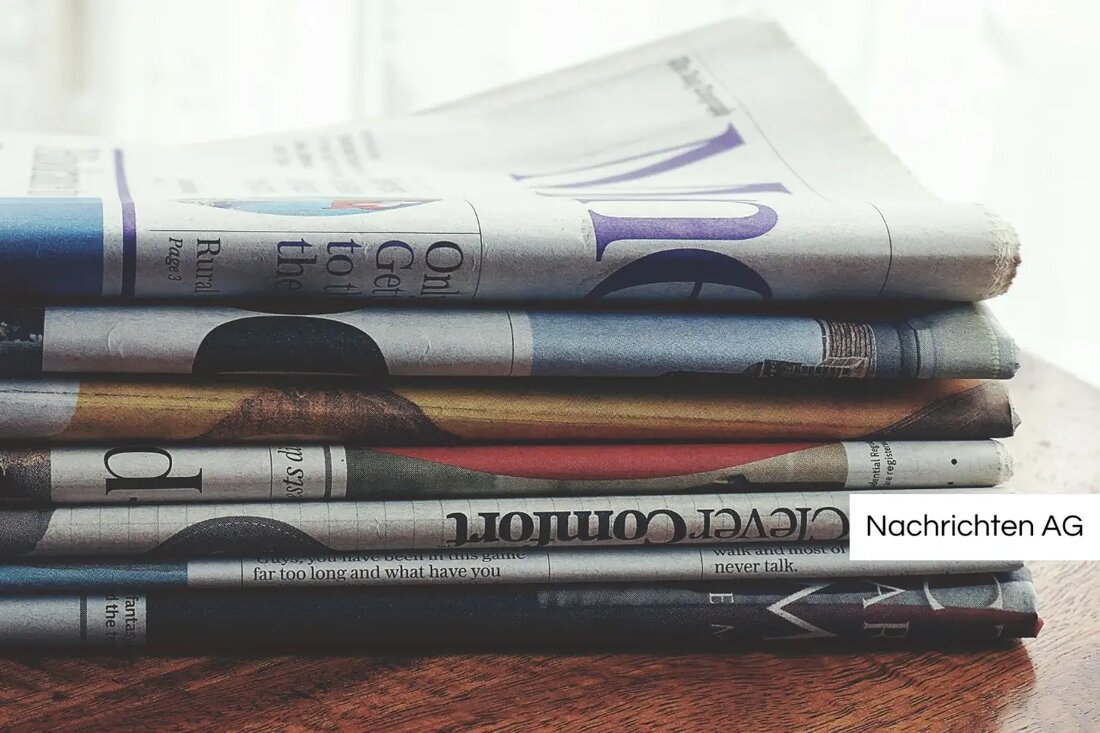Two new moonlanders successful: intuitive machines in space fever!
Two new moonlanders successful: intuitive machines in space fever!
Intuitive machines has taken an important step in researching the challenge of the challenge with the successful landing of his second moonland called "Athena". However, the exact condition of the landing remains unclear, which was confirmed in a current message from both intuitive machines and NASA. This is the second commercial moon landing within a week after the Lander "Blue Ghost" by Firefly Aerospace has also successfully landed. Experience shows that moon landings are extremely complicated and often do not run according to plan, which illustrates the risks of this mission.
The landing of "Athena" took place as part of the IM-1 mission, which was started with a Falcon 9 rocket from SpaceX. The start took place at the end of February from the Cape Canaveral space station in Florida, and CEO Elon Musk from SpaceX orchestrated this significant moment in American space technology. The unmanned land is 4.3 meters high and has a diameter of 1.6 meters. In the mission, the goal is to identify raw materials and water on the moon, which could be of crucial importance for future moon missions.
technological and scientific progress
The current start of "Athena" is an important attempt to bring American space vehicles to the moon after no manned Apollo missions have taken place for more than 50 years. On Thursday morning, another SpaceX rocket started, which promoted the Nova-C moonlander, also known as Odysseus. Intuitive machines had previously had difficulty when a moonland from Astrobotic Technology was unsuccessful in January due to drive difficulties.
NASA had published a video of the start and confirmed that six scientific and technological instruments are sent to the southern Hochlanders of the moon. These instruments will aim to carry out various research projects and deliver technological demonstrations. It is particularly noteworthy that the last successful moon landing of an American space probe took place during the Apollo 17 mission in 1972.
After the start, intuitive machines announced that the landing is successfully operational, including stable orientation, solar charging and radio contact with the mission operating center in Houston. Steve Altemus, the company's CEO, emphasized the challenges that this mission brings and the importance of the return of the USA to the moon after over half a century.
research and data application
The scientific instruments on board Nova-C are designed to collect data about the interactions of the engine gases with the moon surface, as well as information about radio astronomical and space weathering interactions. Another goal is to demonstrate precise landing technologies and to capture the amount of liquid fuel in the tanks of the Nova-C in the weightless room. This collected data becomes essential to improve the understanding of the lunar environment and to increase the safety and accuracy of future landings, especially in the challenging area of the southern moon pole.
Overall, the mission series of intuitive machines shows that the private space travel not only opens up fascinating new opportunities, but also lays the basics for the future research of the moon and beyond. The international cooperation and the support of space organizations such as NASA is of crucial importance.
| Details | |
|---|---|
| Quellen | |


Kommentare (0)